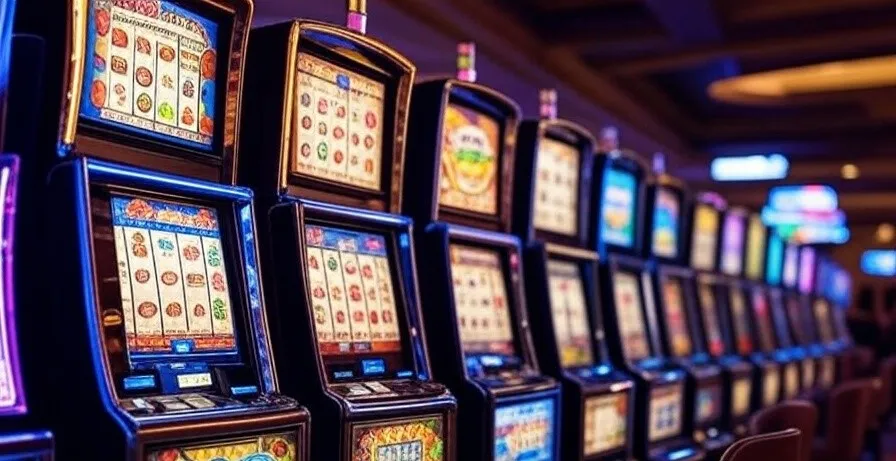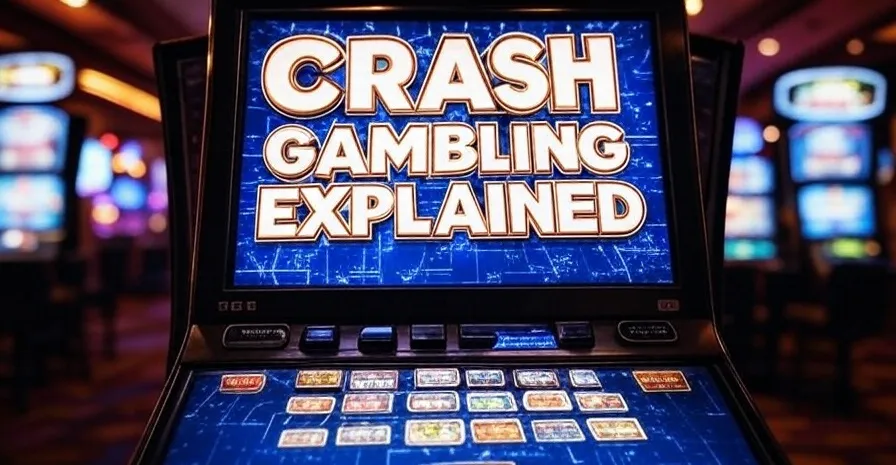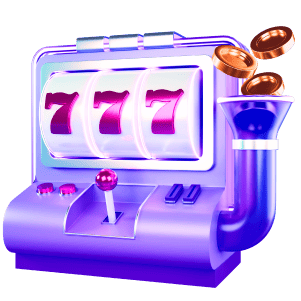The craps field bet normally is the first thing new gamblers notice on the table. It’s bold, colorful, and promises instant wins. But is it really as good as it feels? This article dives into details of the field bet in craps — how it works, what the payout odds are, what master plan to use and if it’s actually worth money. If you’re playing the field in craps at a Las Vegas table or trying it on an online casino, this guide’ll help you make smarter bets.
The field bet is exciting, fast-paced, tempting, but it’s not as simple as it looks.
What Is the Field Bet in Craps?
Let’s start with the basics. What actually is a field bet in craps? Simply speaking, it’s a one-roll bet set on certain field numbers: 2, 3, 4, 9, 10, 11, 12. In case the next roll lands on any of those digits, one wins. If it lands on 5, 6, 7, 8, one loses. That’s it — no need to wait for point resolution or understand complex craps betting odds.
It’s called a “field” because numbers are laid out in a big open section of the table, usually in front of each player. You’ll see the word field printed large, with the field numbers arranged neatly inside it.
The main appeal? Instant action. Unlike extra bets in craps that stretch over several rolls, this one is resolved right away. It’s especially popular with beginners who are still learning the craps table payouts rhythm.
But be warned: not all field bets are equal. Based on where you play, some crap tables pay double for a 2 and triple for a 12, while others only double both. These changes affect the craps field bet odds and your prospective profit.
If you’re wondering what is the odds bet in craps, it’s a completely different type of wager. Unlike the field bet, the odds bet is placed behind a pass line or don’t pass line bet after a point is established. It’s one of the most player-friendly bets in the casino because it has zero house edge — but only if you know when and how to use it.
How the Field Bet Works
So how exactly does this flashy craps field section function? When you set a field bet, you’re putting cash down the very following roll will hit one of the field numbers craps mentioned above. There’s no carry-over — either you win or lose right away.
For example:
- Roll a 3? You win.
- Roll a 6? You lose.
- Roll a 2 or 12? You win in a company with a bonus payout.
The odds of winning a field bet are about 44.44% in a standard game. It means you’ll lose somewhat more often than you win. However, when 2 or 12 pay extra, it helps balance the math — just a bit.
Here’s the twist: the payout depends on the table’s rules. Some casinos pay 2:1 for a 2 and 3:1 for a 12. Others might just give even money for everything except 2 and 12. And some online craps games mix it up even more. Always check the layout and post craps table payouts before betting on craps.
Keep in mind: just because it looks easy doesn’t mean the house edge in craps disappears.
Payouts and Odds Explained
Let’s break down the craps field bet odds based on the most common table settings.
- 3, 4, 9, 10, 11 pay 1:1 (even money),
- 2 usually pays 2:1,
- 12 might pay 2:1 or 3:1 depending on the craps table payouts.
Out of the 36 achievable combinations with 2 dice, 16 are field numbers. That’s:
- 1 way to roll a 2,
- 2 ways to roll a 3,
- 3 ways to roll a 4,
- 4 ways to roll a 9,
- 3 ways to roll a 10,
- 2 ways to roll an 11,
- 1 way to roll a 12.
The math reveals a house edge on craps field bets of around 5.56% if 2 and 12 pay double. If 12 pays triple, the house edge craps drop to roughly 2.78%. That’s a major difference — and worth considering if you’re trying to reduce your risk.
Compare that to other craps bets odds:
- What is the odds bet on craps? True odds — no house advantage.
- Place bet odds craps on 6 or 8? House edge around 1.52%.
- Iron Cross master plan — mix of Place and Field? House edge 2.7–3%.
So, while the field bet has fun appeal, the craps winning odds aren’t necessarily in your favor long-term.
Strategies for Playing the Field
Let’s be honest: there’s no magic bullet to beat the field bet in craps. It’s a high-volatility wager. But one can still make smarter choices.
Look for 3:1 on 12
Some tables — especially downtown Vegas or in certain online casino versions — pay triple for 12. This lowers the craps house edge to 2.78%, making it one of the better short-term bets.
Use the Field as a Part of a Bigger Strategy
A lot of gamblers combine the field bet with place bets on 5, 6, and 8 to form what’s called the Iron Cross. Why? Because this setup covers every number except 7. You’ll win on every roll but the worst one.
The Iron Cross limits losses, but also reduces your average payout. Use it for fun, not for grinding out profits.
Don’t Chase Losses
It’s tempting to double up after a miss. Resist. The craps odds payouts don’t shift in your favor just because you’re “due”.
Keep Field Bets Occasional
Field bets can spice up the game, but don’t rely on them as your main play. Use them to mix up your session or take a quick shot — especially when 2 or 12 have bonus payouts.
Is the Field Bet a Good Choice?
So, whether it is a great scheme to rely on the field bet craps offers? Depending on the situation.
If you want fast action, enjoy short-term thrills, or just want to toss a chip on the felt for fun, go for it. The field is one of the few crap bets that resolves instantly — no waiting for the point or tracking come-outs.
But if you’re after long-term gains or focused on minimizing the house edge in craps, you’re better off sticking to true odds craps, place bets, and what is an odds bet in craps — the ones with lower craps bet odds against you.
For beginners, the field bet provides a great way to learn the odds in craps and table flow. It’s visual, simple, and easy to follow. Just don’t confuse simplicity with profitability.
Finally: know your craps field bet, realize the craps odds, play within limits at all times. If you take anything from this guide, let it be this — the field bet is fun, but knowing how it fits into the bigger picture of craps bet payouts and strategy makes all the difference.































